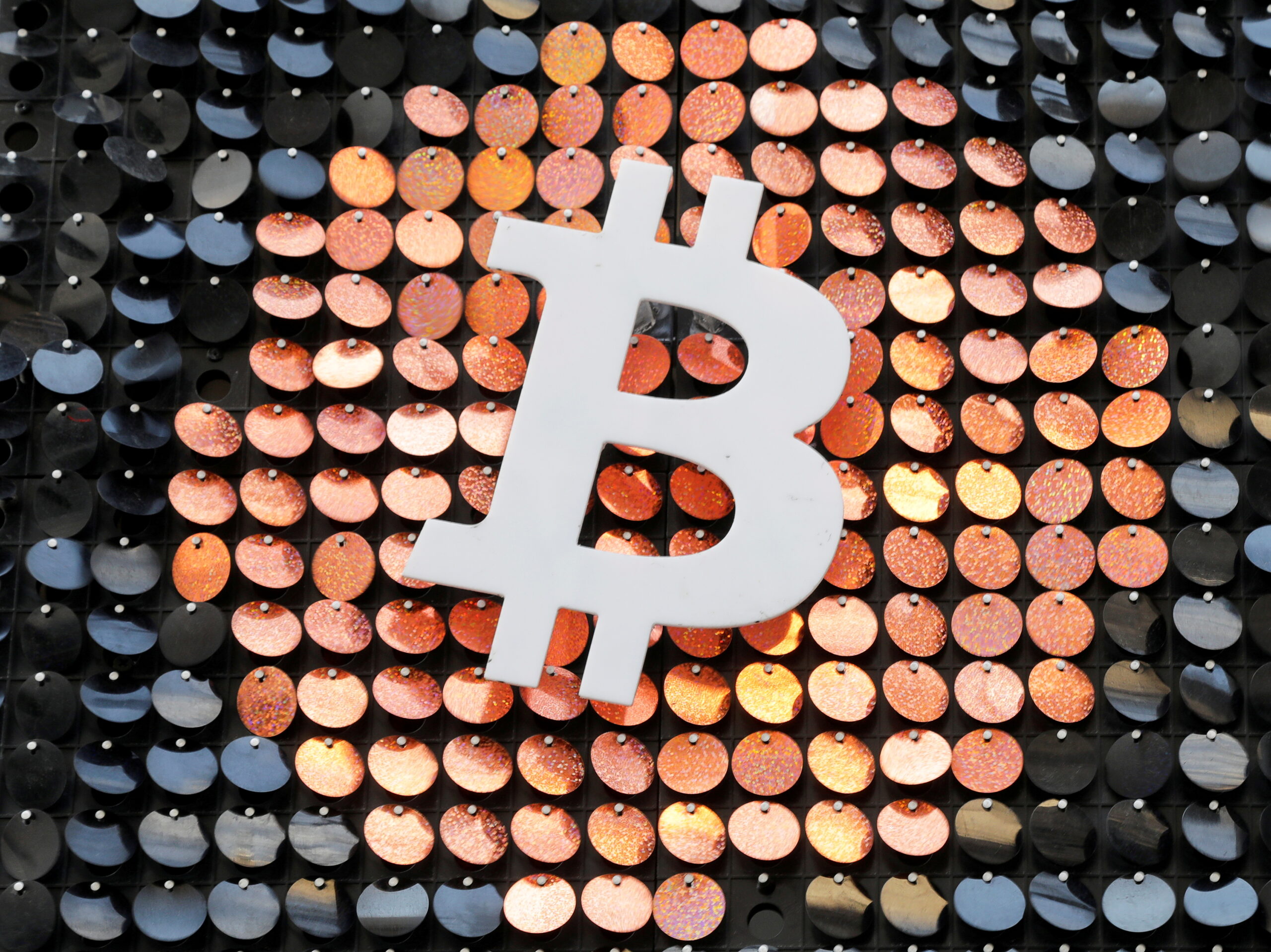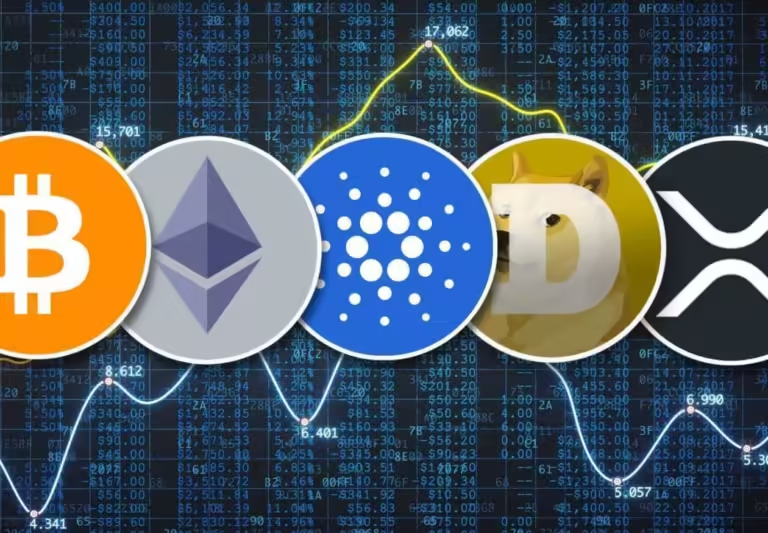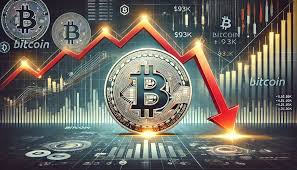The Hook: Why is Bitcoin Rising When Stocks Are Falling?
Imagine this: Stocks are slipping, the economy is throwing curveballs, and yet Bitcoin—a digital asset known for being risky—decides to climb higher. What’s going on here? A surprising U.S. jobs report has shaken up markets, and Bitcoin is riding the wave in a way that might just change how you think about crypto’s role in the financial world.
Breaking It Down: What’s Happening?
- Bitcoin’s Surge vs. Stock Market’s Dip
- Over the last 24 hours, Bitcoin’s price rose to about $94,600 while major U.S. stock indices like the Dow, S&P 500, and Nasdaq slipped by around 0.2%-0.3%.
- This divergence is unusual because Bitcoin often follows the broader market trends.
- Key Trigger: U.S. Jobs Report
- The U.S. economy added 256,000 jobs in December, smashing expectations of 165,000.
- The unemployment rate dropped to 4.1%, signaling a strong labor market.
- Why It Matters for Bitcoin
- Strong Job Numbers = Strong Economy: This could extend the ongoing bull market, making people more confident about riskier investments like Bitcoin.
- Interest Rates in Focus: Rising Treasury yields suggest tighter monetary policies, which usually hurt risk assets, but Bitcoin is defying expectations.
Why Bitcoin Could Keep Climbing
- Market Optimism
- Experts like Charles Edwards and Matt Mena believe that the combination of a strong labor market and less fear of a recession creates a perfect setup for Bitcoin’s price to continue climbing.
- A potential return of Trump to the White House adds to bullish speculation, as it might lead to more favorable crypto regulations.
- “Risk-On” Sentiment
- Investors are feeling adventurous, and Bitcoin thrives in this type of “risk-on” environment.
- Global Currency Dynamics
- Despite Bitcoin’s rise, the U.S. dollar’s strength could act as a drag. A stronger dollar means Bitcoin might struggle to surge too quickly.
But Beware of Short-Term Challenges
- Falling Futures Funding Rates
- Funding rates for Bitcoin futures are dropping, signaling that traders are less confident in the short-term price rally.
- This indicates caution—Bitcoin might face temporary resistance.
- Fed’s Hawkish Stance
- Interest rate traders expect fewer cuts in 2025, meaning the Federal Reserve may keep policies tight. This could limit Bitcoin’s upside potential.
Why This Is Important for You
- Key Words to Remember
- Jobs Report: A snapshot of economic health influencing market sentiment.
- Risk-On/Risk-Off: How willing investors are to take risks.
- Funding Rate: A measure of trader sentiment in Bitcoin futures markets.
- Hawkish Fed: The Federal Reserve’s tendency to prioritize controlling inflation, which impacts all markets.
- Why It Matters for Crypto Enthusiasts
- This event shows how external factors like jobs data, interest rates, and Treasury yields influence Bitcoin’s price.
- It highlights Bitcoin’s evolving role as a unique asset that doesn’t always behave like traditional markets.
- Building Your Knowledge
- Understand how macroeconomic events—like jobs reports and Federal Reserve policies—impact Bitcoin.
- This knowledge helps you spot trends and make smarter investment decisions.
Final Takeaway: Bitcoin’s Bigger Role in Finance
Bitcoin’s resilience during stock market downturns shows it’s no longer just a fringe asset. It’s becoming a key player in global financial markets. Understanding these dynamics equips you to navigate the ever-changing crypto landscape with confidence, especially as new opportunities and challenges emerge.



